Allison Schrager: Trump risks making the same economic mistakes as Biden
Published in Op Eds
There is one surefire way to know when someone is trying to pull one over on you: If they’re promising something for nothing — whether it’s a tax cut that pays for itself or an investment strategy that offers a higher return and lower risk — then you need to be on your guard.
Jason Furman, who chaired the White House Council of Economic Advisers under Barack Obama and now teaches at Harvard, recently published a thoughtful critique of former President Joe Biden’s economic policy. He identifies many policy errors, as well as a few things that went right. But his main point is a basic principle of economic policymaking: All choices come with tradeoffs.
The Biden administration believed it could spend trillions of dollars without overheating the economy, and it got inflation. It tried to revive the semiconductor industry with huge subsidies, then required any recipients to provide child care, adhere to crippling regulations and hire only unionized labor. It bought into the promise that the US could build a green economy to save the planet without anyone having to pay more or make do with less. In the end, the economy recovered after the pandemic, but real wages barely improved, inflation risk returned, and the US is deeper in debt.
President Donald Trump’s administration is already making some of the same mistakes. It says tariffs won’t cost consumers or domestic producers — in the long run. It argues that if the government reduced regulations and operated more efficiently, there would be enough economic growth to pay for tax cuts and reduce worries about the debt.
None of this is likely. Yes, the government needs to cut waste and excessive regulations, and some tax cuts will boost growth. But even in the best-case scenario, the added growth wouldn’t be enough to make them pay for themselves, let alone cover the unfunded entitlements coming due it the next decade.
Of course, politicians promising something for nothing is hardly a novel phenomenon. And it is not just in politics; almost every financial scam or bubble is rooted in the myth that higher returns can be achieved with less risk. But the belief in a free lunch has become more common lately.
Two pieces of conventional wisdom that emerged after 2008 fed this mass delusion, both of them are wrong. One is that it is better to provide too much economic stimulus rather than too little. The other is that worries about inflation and higher interest rates were things of the past.
The American Recovery and Reinvestment Act, signed in 2009, cost more than $800 billion, but some economists argued at the time (and still believe) that it should have been bigger, saying it helped make the recovery from the 2008 recession needlessly slow. Meanwhile, the Federal Reserve went into full-on stimulus mode for years after the crisis, continuing to expand its balance sheet. With both the added debt and the expansionary monetary policy, higher inflation and rates were expected — but they never came about.
What policymakers took away from this experience was that no amount of spending or expansionary monetary policy would increase interest rates or inflation. Ergo, they could stimulate as much as they wanted, in just about any way they wanted, without cost. As long as interest rates are near zero, this is kind of true; after all, it is nearly costless to run up debt, and it appears to pay off so long as it produces some positive growth.
Alas, no financial condition lasts forever, and this includes near-zero interest rates. Debt, however, does tend to be forever.
Low rates enabled this delusion. But it runs deeper: The last decade saw a backlash from the left and the right against neoliberalism, the belief that more market-based policies and freer trade would bring about better economic growth. As my colleague Clive Crook has pointed out, a rejection of neoliberalism is essentially a rejection of the principle that any policy poses tradeoffs. Neoliberalism does not promise constant growth or eliminate the possibility of job loss. On balance, however, it creates more winners and growth than the alternative.
The alternative — that if countries traded less, did all they could to boost demand and allowed the government to direct commerce — made for a much more seductive pitch. The result, so we were told, would be more certainty, more growth, more wealth and even more wealth equality. The failure of Bidenomics demonstrated just how deluded that view is. In economies as in financial markets, there is no growth without risk, and the bill eventually comes due. Every policy choice comes with winners and losers, cost and benefits.
Tradeoffs, in other words. If anyone is telling you otherwise, they are trying to sell you something.
____
This column does not necessarily reflect the opinion of the editorial board or Bloomberg LP and its owners.
Allison Schrager is a Bloomberg Opinion columnist covering economics. A senior fellow at the Manhattan Institute, she is author of “An Economist Walks Into a Brothel: And Other Unexpected Places to Understand Risk.”
©2025 Bloomberg L.P. Visit bloomberg.com/opinion. Distributed by Tribune Content Agency, LLC.
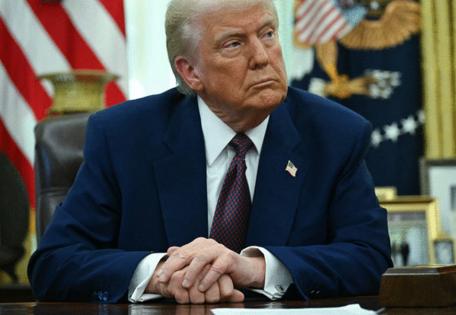


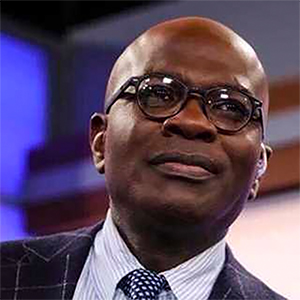





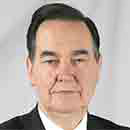

















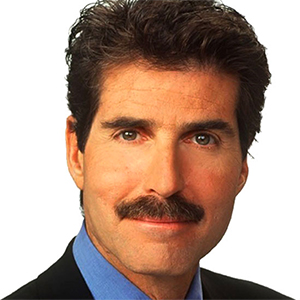

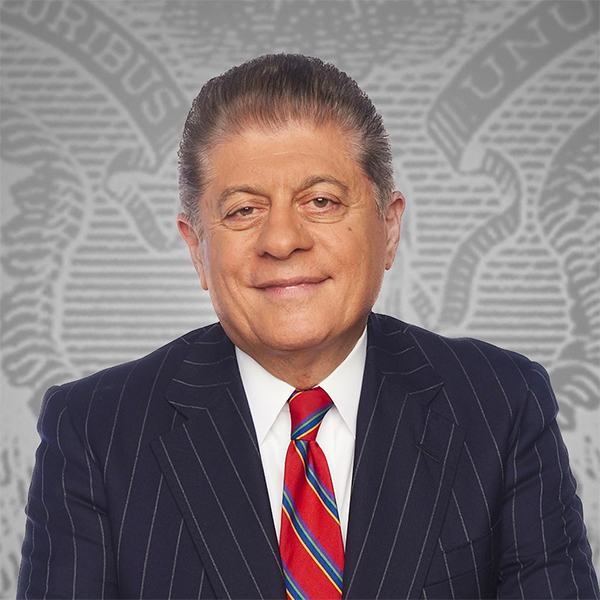



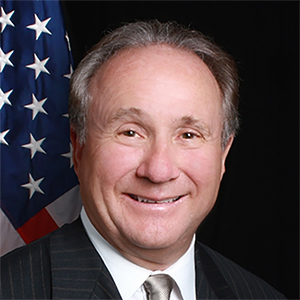














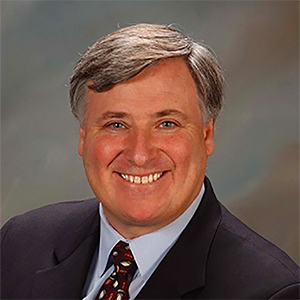




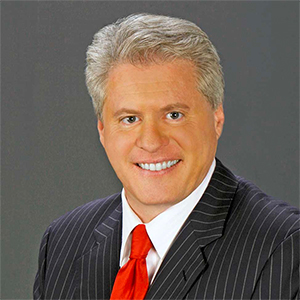

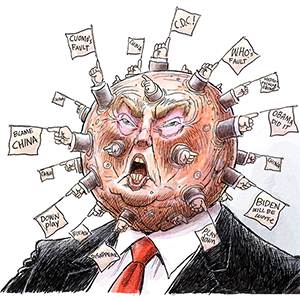
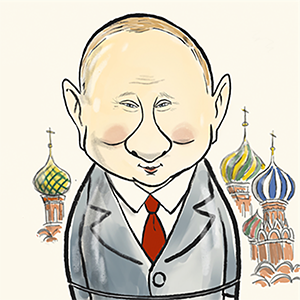

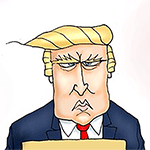

Comments